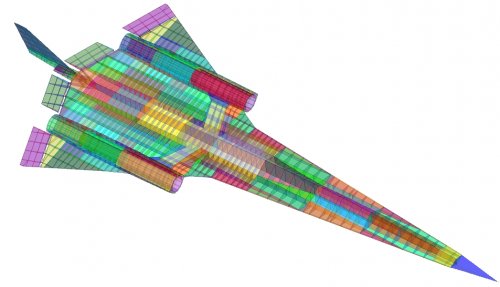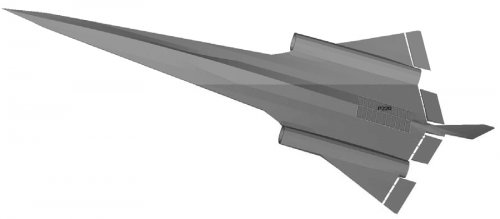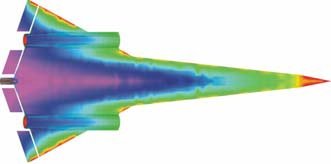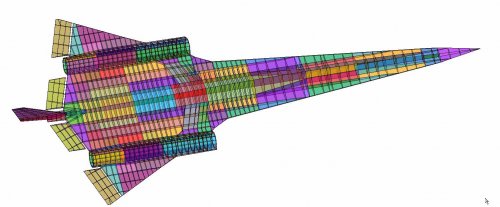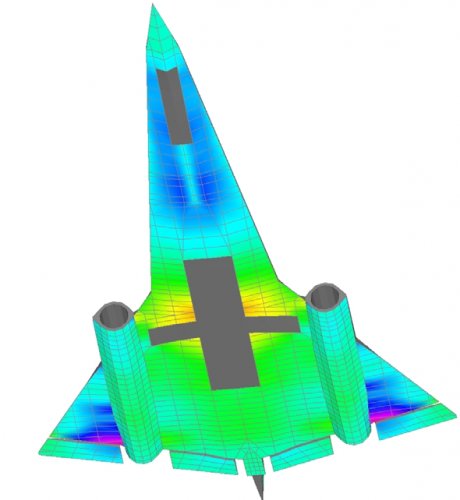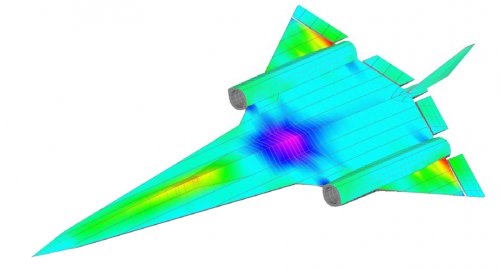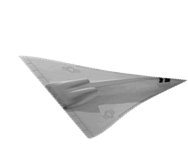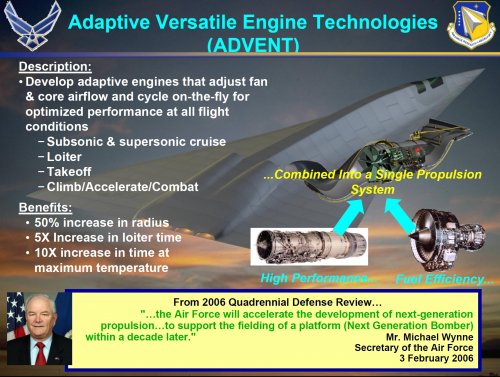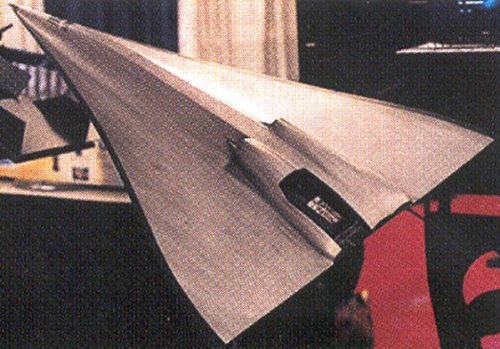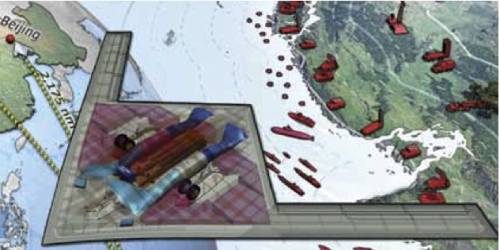Bomber Puzzle Pieces: A concise guide to the next bomber.
—John A. Tirpak
March 9, 2011—While Air Force leaders have announced that the service will develop a new bomber to eventually replace the B-52H, B-1B, and B-2A, and have promised "transparency" about what they will spend in pursuit of that goal, they have also said the program will remain largely classified.
They say the new bomber will be based on "proven" technologies. However, the details of those technologies, as well as the characteristics of the interrelated other members of the "family" of long-range-strike systems, will remain under wraps for now. That's because the technologies are still far ahead of anything potential adversaries are believed to possess, and disclosure could undermine USAF's lead, they say.
Based on the comments of top USAF, Office of the Secretary of Defense, and industry officials in press conferences, speeches, Congressional testimony, and interviews with the Daily Report, here are general descriptive characteristics of the LRS family of systems:
The Bomber: The centerpiece of future long-range strike, the Air Force intends to procure between 80 and 100 of these aircraft at a projected unit flyaway cost of about $500 million, said one senior service official. By the mid-2020s, a flying prototype—if not the first handful of aircraft—should be in flight test.
Pentagon officials have not set specific requirements for the aircraft yet, but there is "consensus" among top Pentagon leaders that the aircraft is required. Cost will be an independent variable; officials may trade off some capabilities to achieve an affordable price. The Air Force may make an "early downselect" to a single contractor or team to reduce cost and development time. The service will make heavy use of technologies and concepts developed for the terminated next generation bomber initiative.
Development funding for the bomber from Fiscal 2012 through Fiscal 2016 will total $3.7 billion. The aircraft will have "global" range, but will be smaller than the B-2—probably of a size similar to the F-111. It will carry munitions weighing no more than about 5,000 pounds each, with a gross payload of less than 28,000 pounds. A principal weapon will be a bomb or missile capable of penetrating hardened, deeply buried targets.
Engines will be a product of Air Force Materiel Command's Adaptive Versatile Engine Technology (ADVENT) demonstrator program, which seeks more powerful and more fuel-efficient powerplants than even those on the F-22 and F-35. Two engines will power each bomber, which will not be hypersonic, but may achieve speeds just slightly above Mach 1, the supersonic threshold. However, the bomber likely will make use of a hypersonic standoff weapon in later iterations.
The aircraft will be highly stealthy, "orders of magnitude" less detectable than the F-35. It will not have defensive missiles, but will use laser and directed-energy defenses. It will have a sophisticated radar able to map the ground in fine detail. The radar will also have simultaneous function in electronic attack/electronic warfare.
The bomber will be an "adaptable" design that is able to incorporate new technologies as they emerge. In addition to an open electronics architecture, it should feature an open hardware architecture, accommodating modular, changeable capabilities depending on the mission.
The aircraft may have a variable geometry of an advanced nature; unlike the "swing wing" of the B-1 and F-111, its shape may seamlessly "morph" in flight to switch from dash speeds to loitering speeds.
Optionally manned, the aircraft in later versions will use offensive directed energy weapons and carry nuclear weapons.
The bomber will be capable of solo attacks against targets that are moderately defended; against more sophisticated air defenses, it will rely on offboard systems to help it penetrate, loiter, if necessary, and exit the battle area. These offboard capabilities will include other aircraft, systems mounted on other aircraft, satellites, and cyber weapons. The use of offboard systems is meant to avoid excessive unit cost and to distribute capabilities such that they can also serve other purposes.
Prompt Global Strike: This element of the family of systems calls for a conventionally armed ballistic missile fitted with any of a number of conventional warheads. This weapon has had difficulty gaining political traction, but if approved should be able to hit any target on Earth within 40 minutes of a launch order.
Payloads will range from penetrating bombs to area weapons, depending on the nature of the target. Launch could be from continental US-based silos or from ballistic missile submarines. The operative notion is to repurpose elements of decommissioned or existing ICBMs or SLBMs for this role, but there has been no decision to proceed yet.
Enablers: One or two unmanned aircraft will be fielded to perform a variety of escort or solo missions, using modular payloads. These missions will include electronic attack/electronic warfare, stealthy communications relay, defense suppression, flying cyber attack, "blinding" of enemy sensors, intelligence-surveillance-reconnaissance, light strike, deployment of decoys, and target designation.
Standoff Weapon/New Cruise Missiles: The Air Force has dedicated $800 million from Fiscal 2012 to Fiscal 2016 for development of a new air-launched cruise missile that will ultimately replace the AGM-86 Air Launched Cruise Missile that the B-52 now exclusively carries.
The new cruise missile will be highly stealthy, use terrain mapping, inertial navigation system/GPS guidance and nanotechnology-enabled guidance systems.
By around 2025, if all goes according to plan, the Air Force will have at least a prototype of the new bomber, said Chief of Staff Gen. Norton Schwartz. Additional elements of the family of systems, like the new cruise missile, will also be available by then.
USAF wants to have the new LRS portfolio mature and operational by around 2040, the timeframe for when the current bomber force is expected to age out.
-----------------------------------------------------
Although the "family of systems" seems quite interesting and statements Air Force officials are making like "orders of magnitude better stealth than the F-35" and "decades ahead of anything anyone else can produce" are intriguing, 2040 seems a far way off to say the least.

